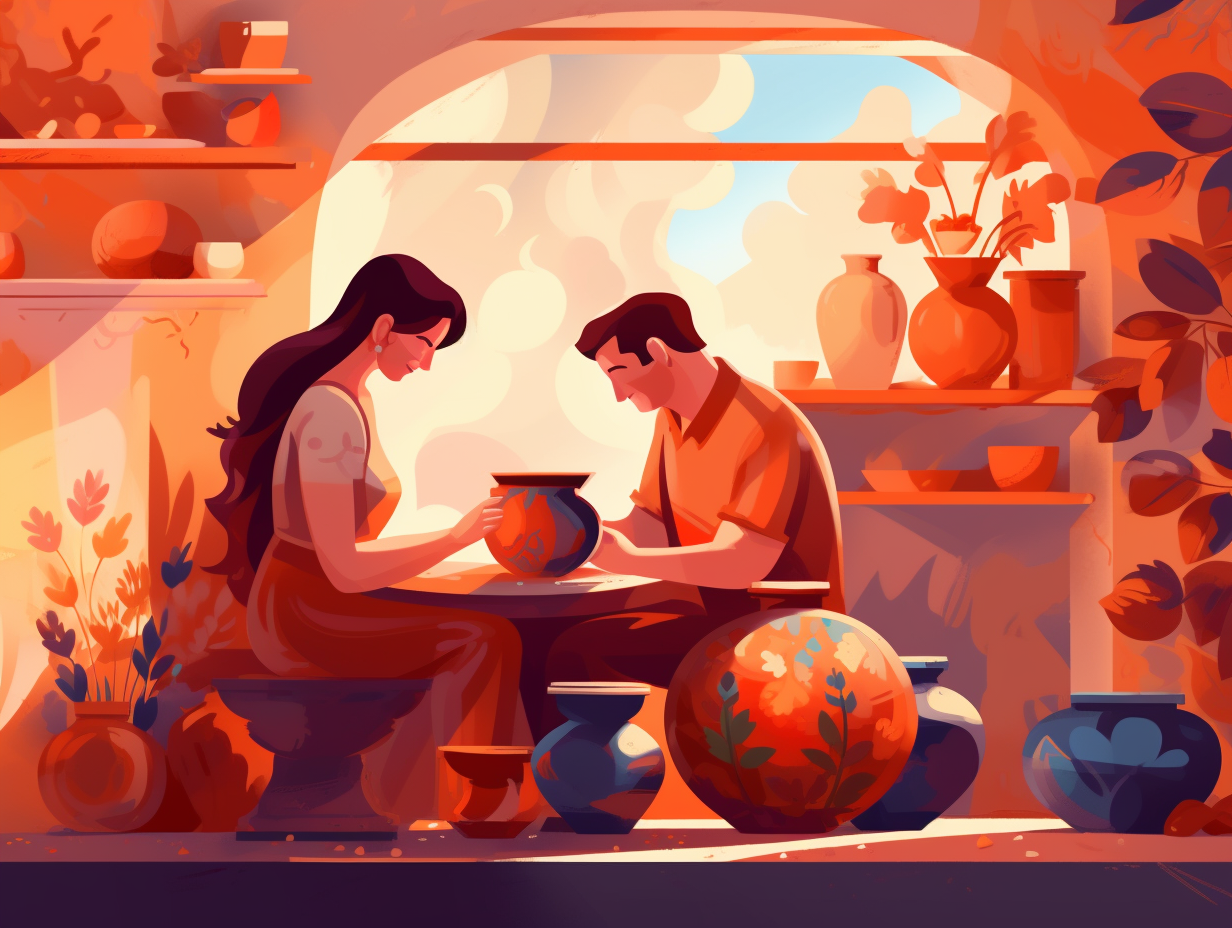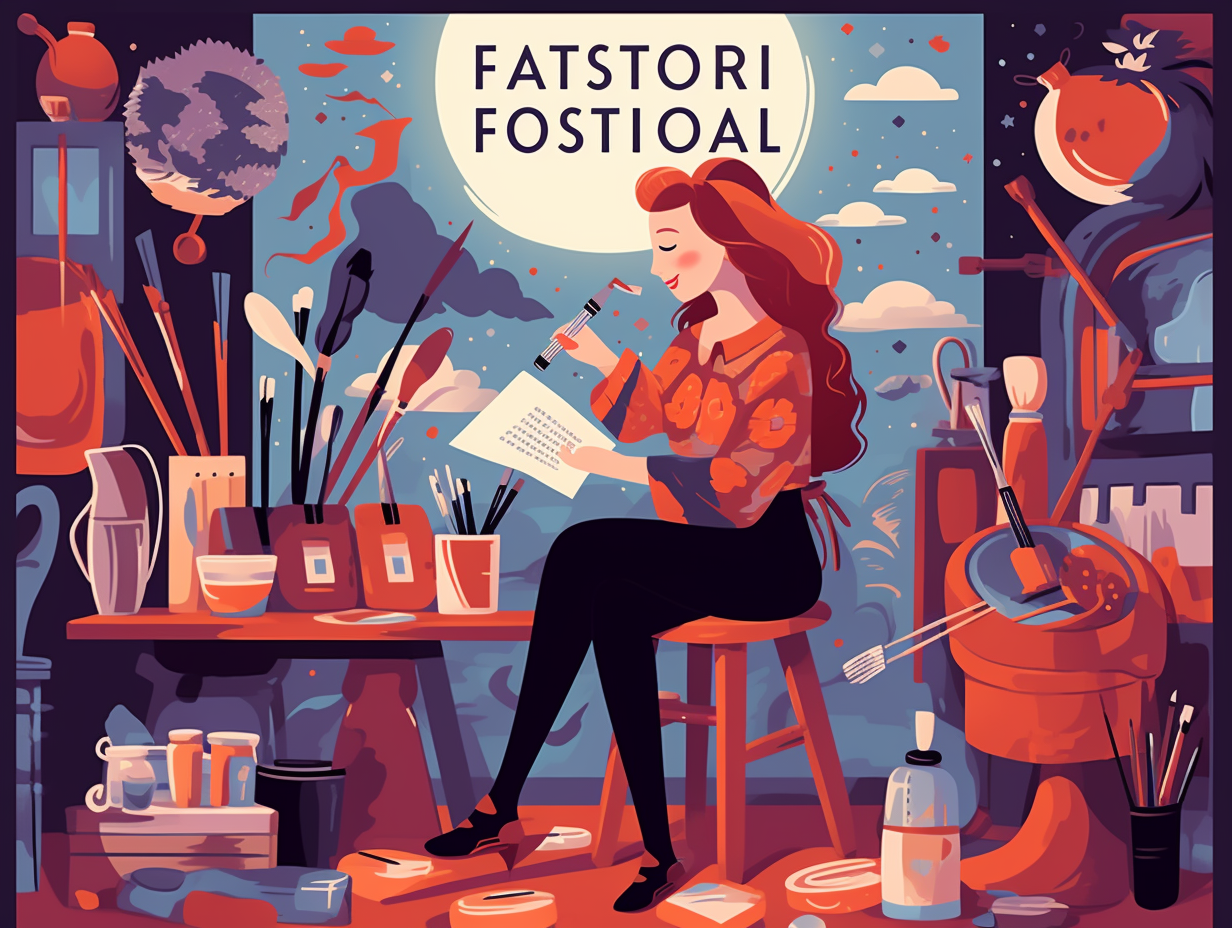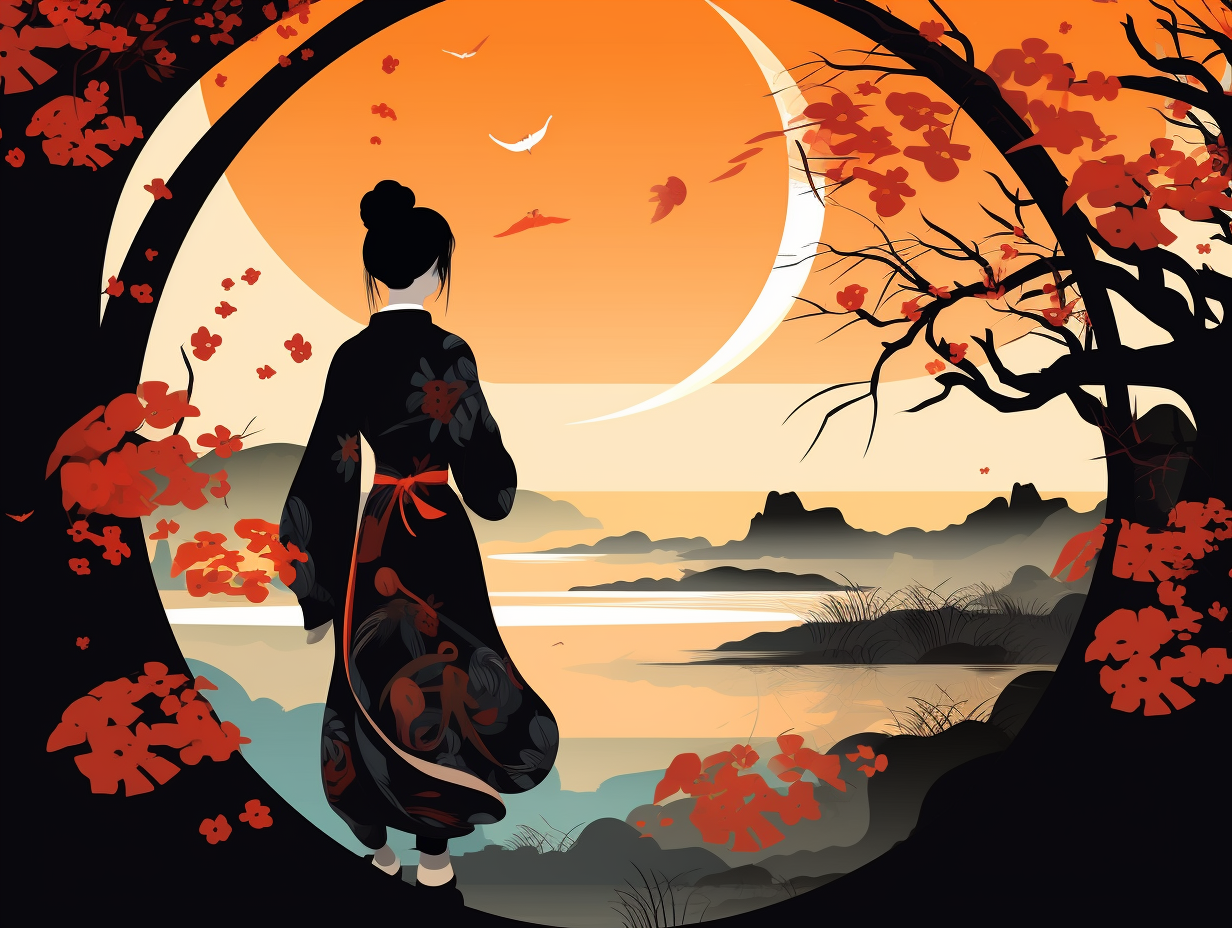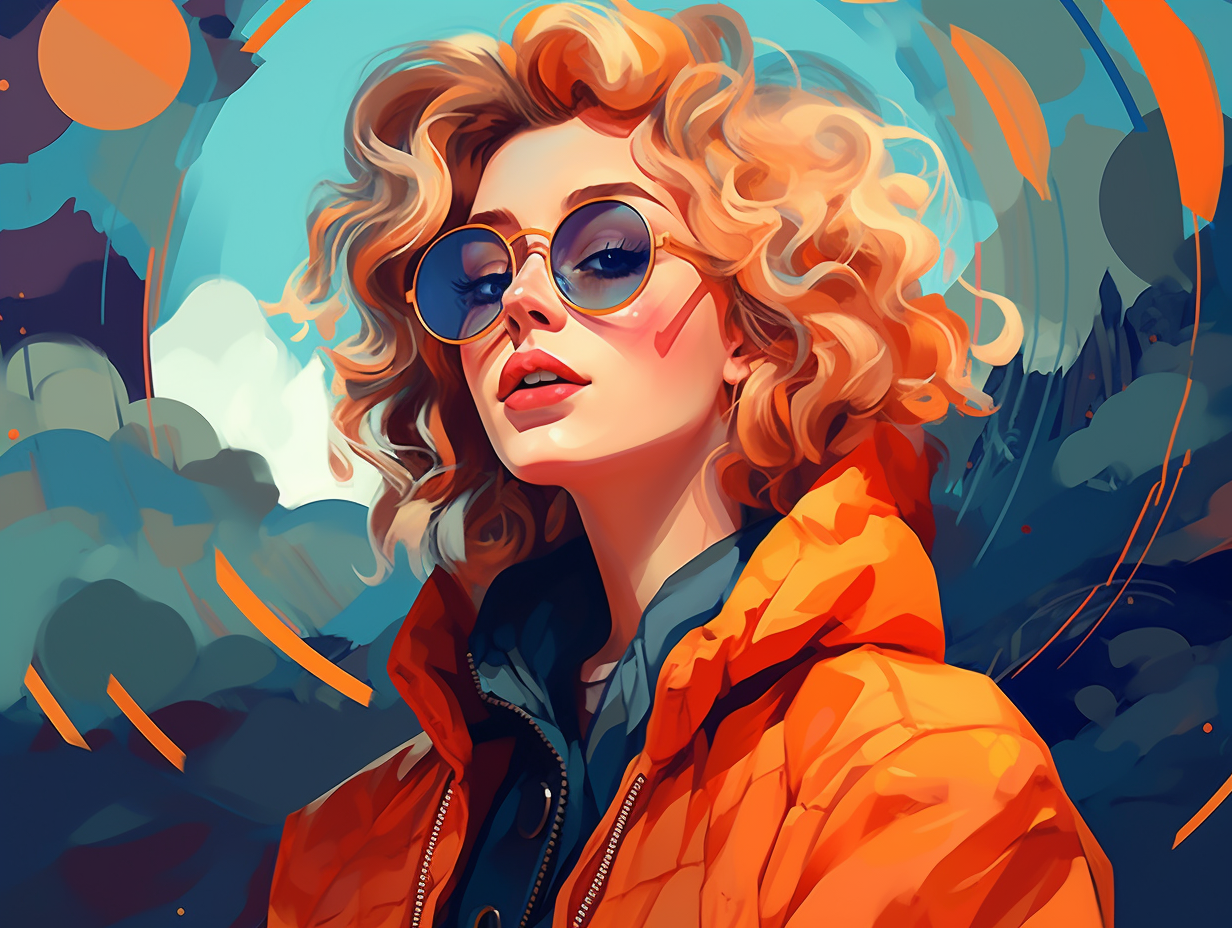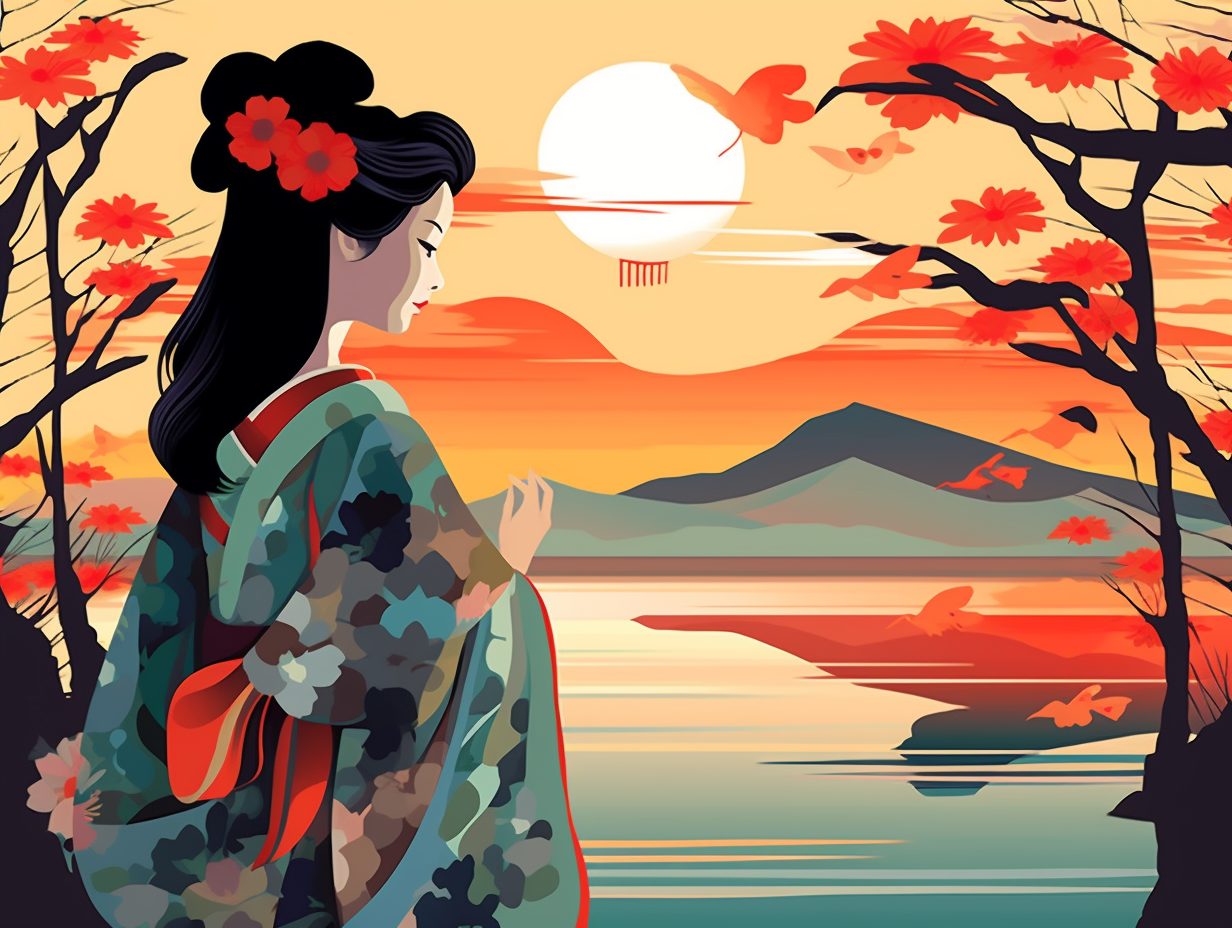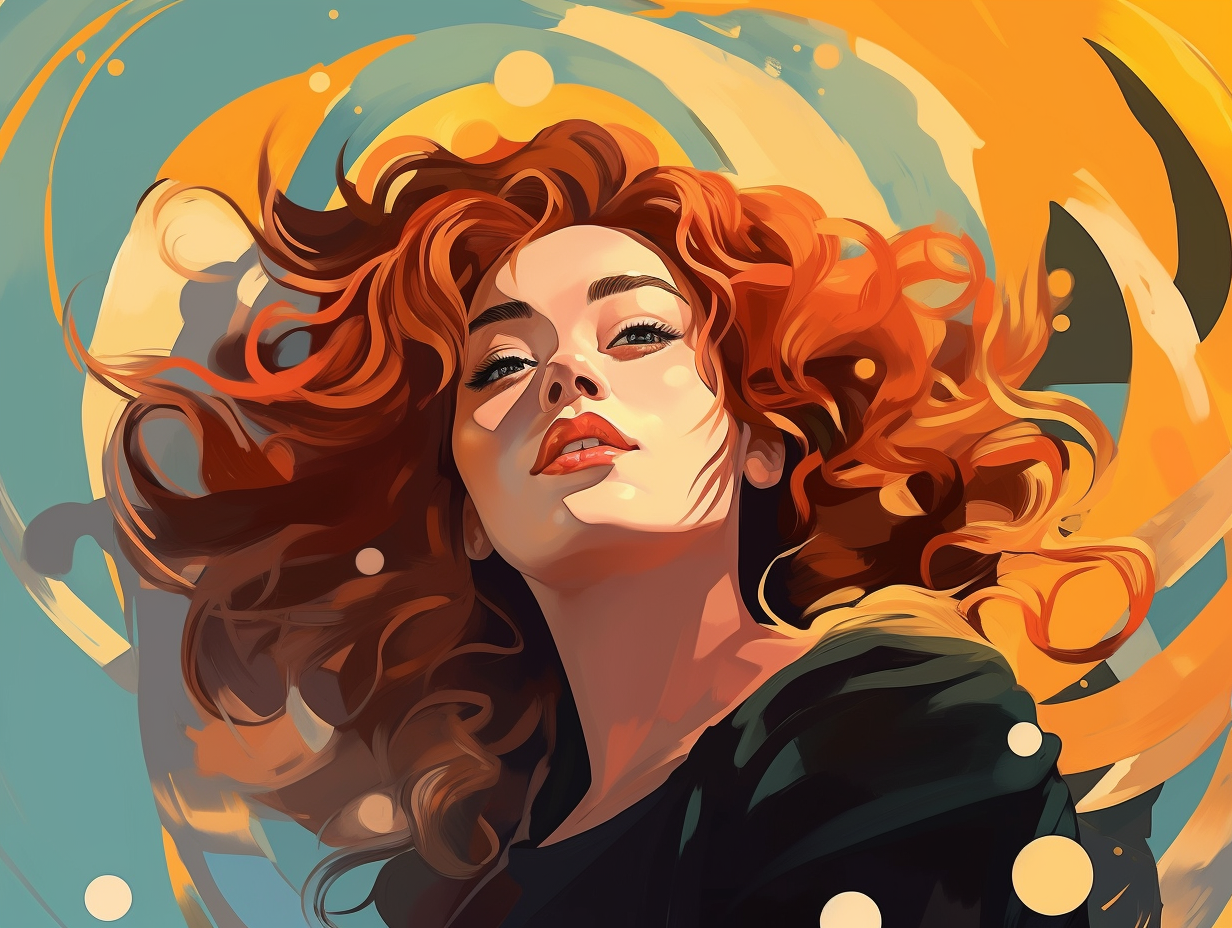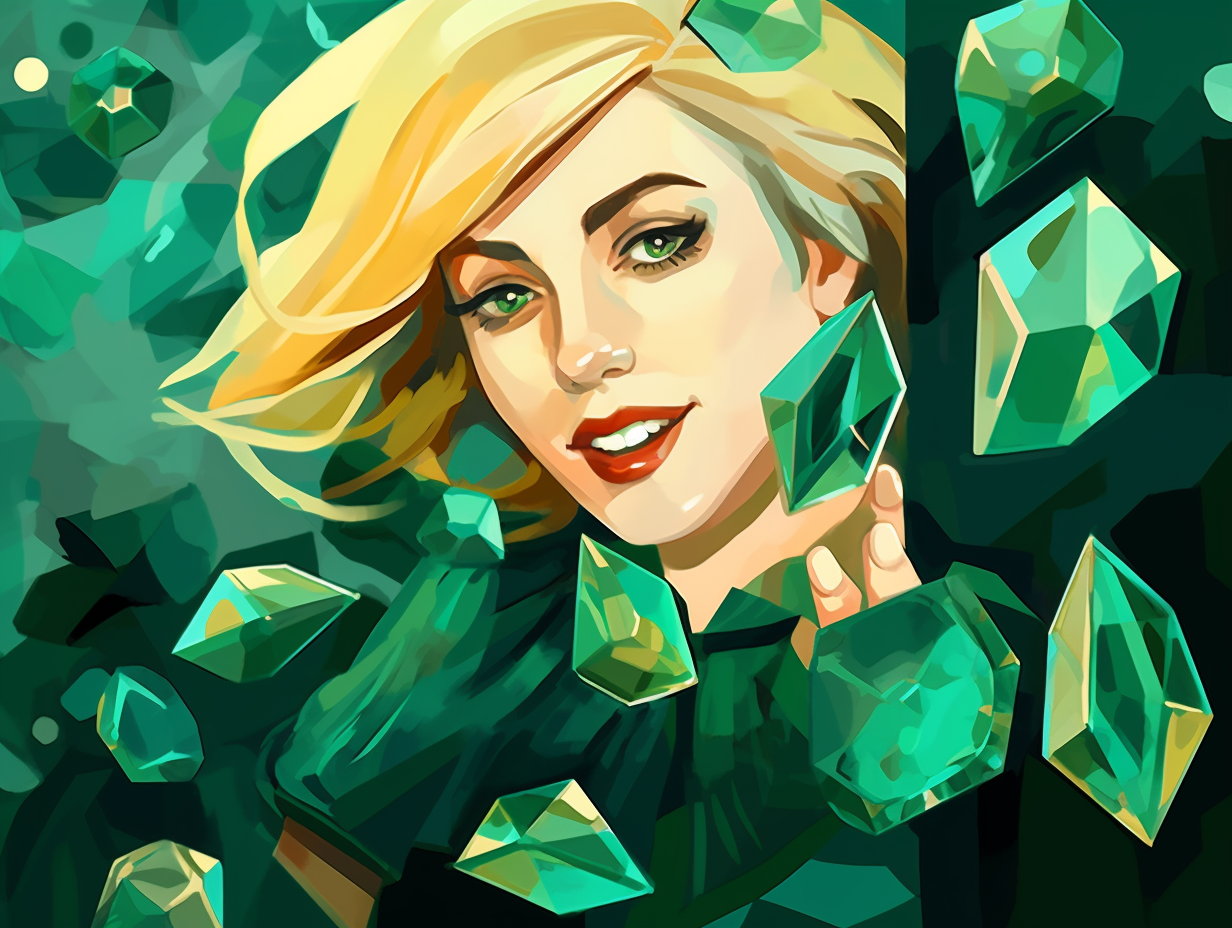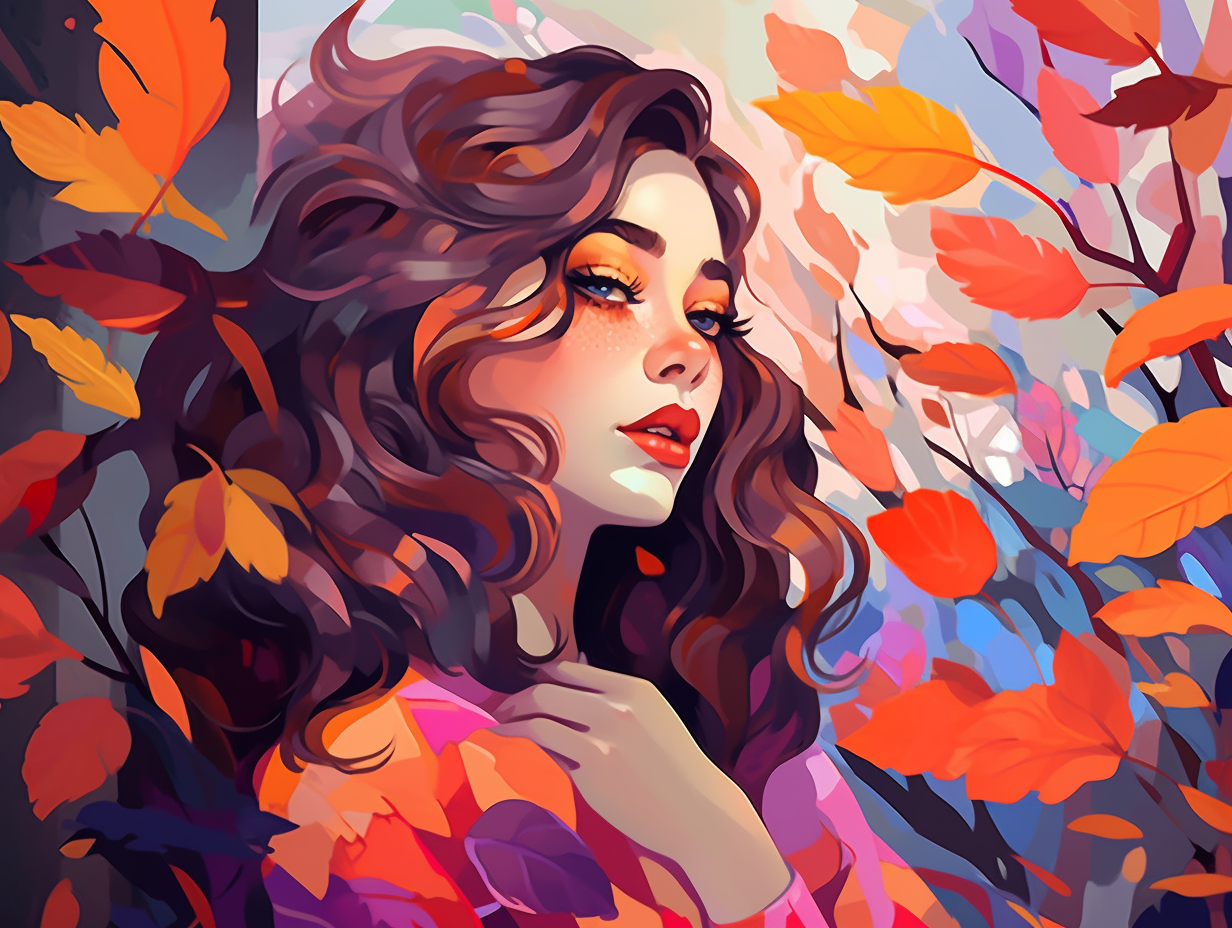Discover the Colorful World: Top 9 Amazing Fun Facts About Stained Glass You Never Knew!
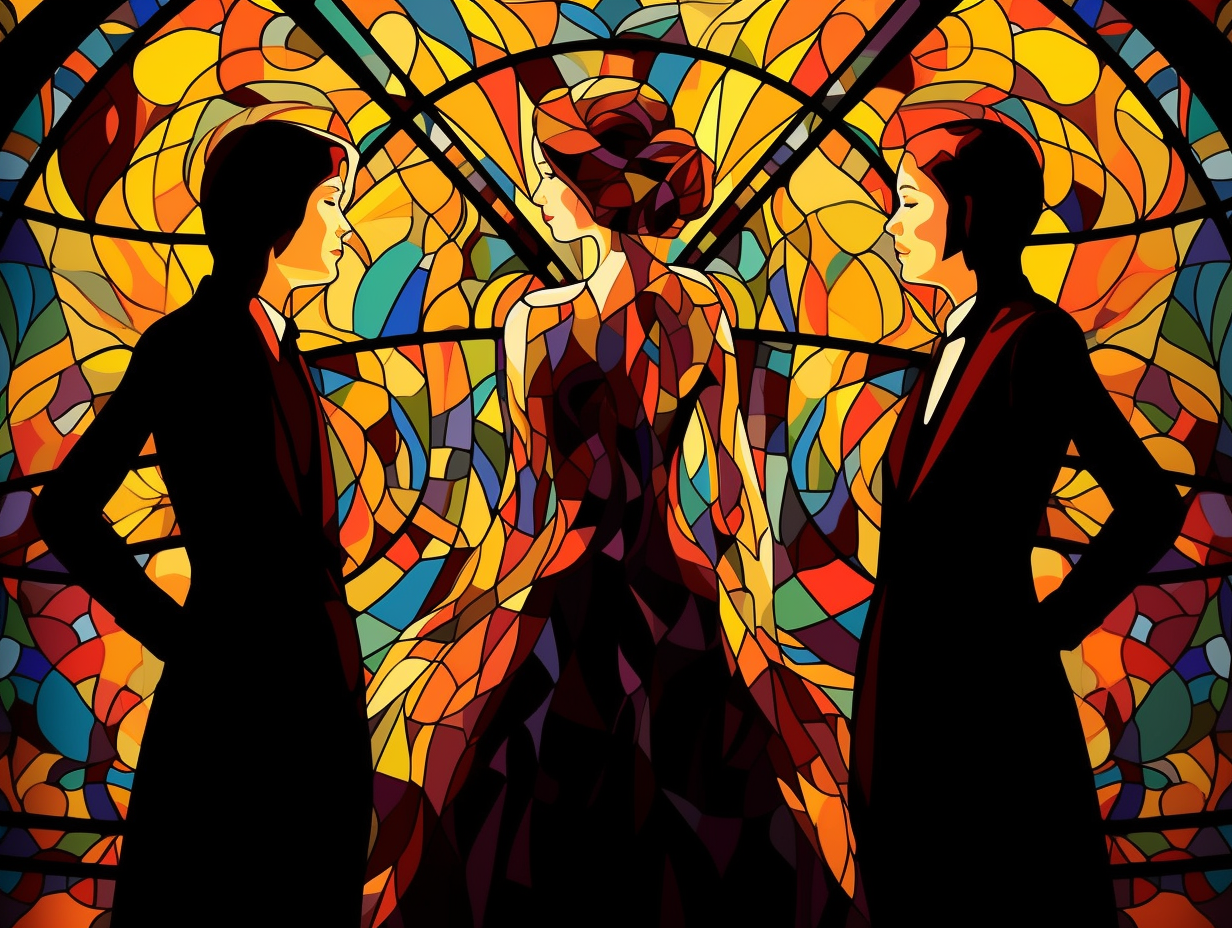
1. Saints: The Original Influencers
You could say the saints were the original influencers, always flaunting their symbolic bling and preaching the gospel of holy #squadgoals: Stained glass windows in churches traditionally depict saints with unique, emblematic objects like specific crosses or books, visually narrating their lives and divine teachings.
Source => stlukelakewood.org
2. Radioactive Stained Glass Swag
Step aside, glow sticks, for the real MVP of illumination: radioactive stained glass! This vintage trendsetter gives neon lights a run for their money: Some colored glass is made using uranium oxide, creating a unique yellow-green fluorescent color that glows under black light - don't worry, the small amount used poses no health risk to admirers.
Source => geology.com

Discover the secret behind glass's vibrant colors! 🌈 Metals like copper, iron, and sulfur work their magic to turn naked, clear silica sand into a dazzling array of hues. Find out how these elements create beautiful blue, brown, and yellow glass!
=> Fun Facts about Glass-Blowing
3. Medieval Church Emojis
Before emojis came to town, there was some serious medieval "texting" going on, and it was lit—literally! Stained glass windows were the medieval church's answer to Instagram, immortalizing their "stories" in vibrant colors: Originating in the 10th century, stained glass windows gained popularity during the medieval period as a means to educate the illiterate laity about the Bible, featuring scenes from salvation history, as well as portraits of saints and important Church events, functioning as both beautiful pieces of art and educational tools.
Source => aleteia.org
4. The Sacred Subway Station
Once upon a Subway station, in a land devoid of ecclesiastical decoration, stained glass made the daring escape from holy to wholly secular: The Roots of Knowledge installation at Utah Valley University showcases one of the largest secular stained glass projects, capturing human knowledge from science to literature and beyond, all while decorating the abodes of everyday commuters and shoppers.
Source => deseret.com
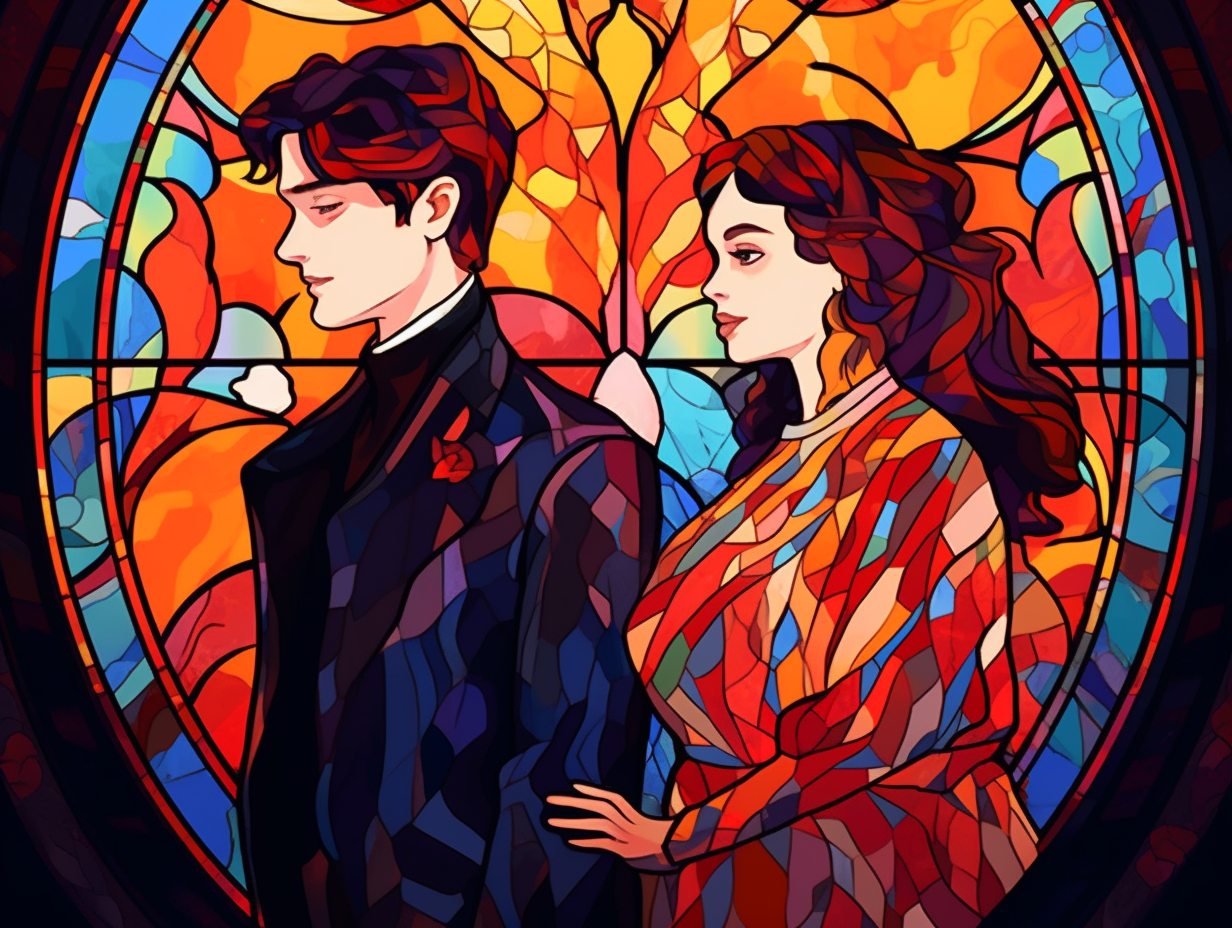
5. Uranium Glass: Dangerously Dazzling
Who says the best things in life don't come with a little glowing twist? Why not add a dash of danger to your daily dose of decor? Feast your eyes on the "mucho-glowcho" of the stained glass world: Uranium glass, which contains 0.1-2% uranium, gives off a vibrant fluorescent yellow or green color. But beware, grind this beauty into a powder and inhale it, and you might just meet a carcinogenic fate. Now, that's what we call dangerously dazzling!
Source => en.wikipedia.org
6. King Louis IX: Window Model Supreme
Who knew King Louis IX had a side gig as a window model: These stained-glass panels, originally installed in the choir of Tours Cathedral in the 13th century, depict the French monarch clutching the Crown of Thorns, representing his pious image and crusader adventures. From the prestigious Sainte-Chapelle in Paris to the savvy art collector John D. Rockefeller, Jr. back in '38, these radiant relics now reside in the Cloisters museum, still dazzling visitors with their vibrant Court Style storytelling techniques.
Source => medievalartus.ace.fordham.edu
7. Marc Chagall's Lemonade Recipe
When life hands you lemons, make stained-glass windows: In a colorful nod to world peace, artist Marc Chagall crafted a 15 by 12-foot window for the United Nations building in New York, featuring angelic smooches and Beethoven-inspired tunes dedicated to those who championed the UN Charter's purpose and principles.
Source => un.org
8. Holy Harmony: Lead Lines Unite
Lead the way, medieval Monet: 19th-century stained glass artists at Saint Denis Basilica didn't just use lead for structural support, they actually added extra lead lines to mimic the fragmented appearance of adjacent panels, integrating new and old masterpieces in a dazzling display of visual harmony.
Source => marlon-kuzmick-jpbk.squarespace.com
9. Lovely Breakups: Dalle de Verre Glass
They say breaking up is hard to do, but not when it comes to "dalle de verre" stained glass: This technique, developed by Jean Gaudin in 1930s Paris, involves breaking colored glass into pieces and setting them in a matrix of concrete or epoxy resin, producing captivating deep colors when illuminated. Today's epoxy resin has made breakups less messy and structurally sound, so artists like Gabriel Loire and Henry Haig can focus on dazzling us with their kaleidoscopic masterpieces.
Source => en.wikipedia.org
Related Fun Facts

